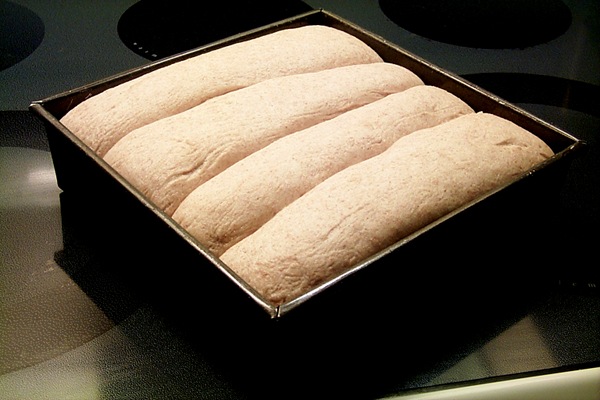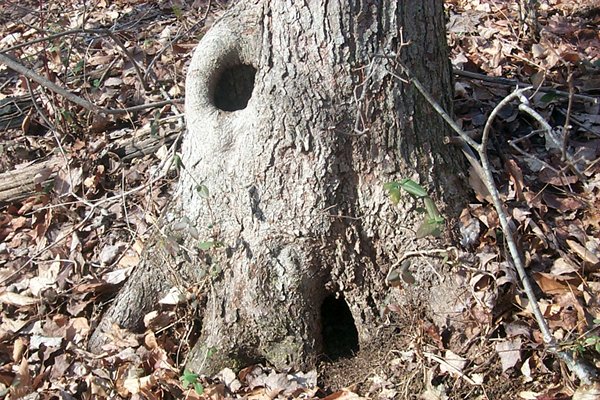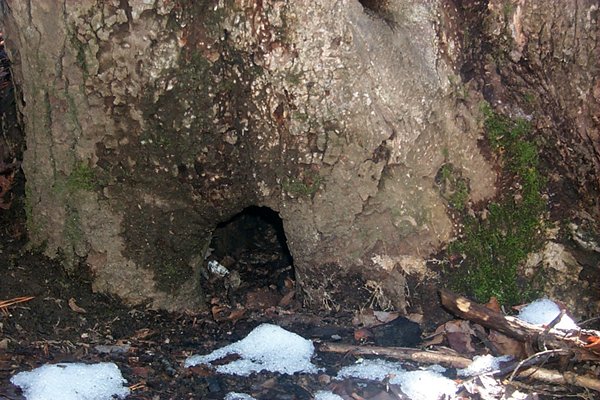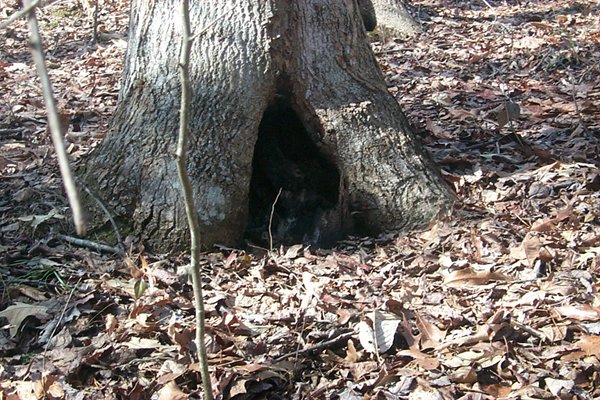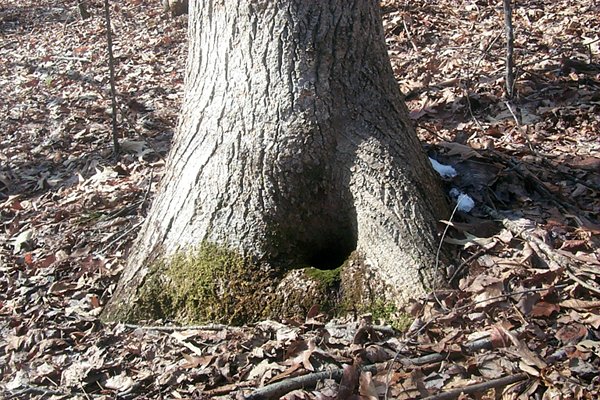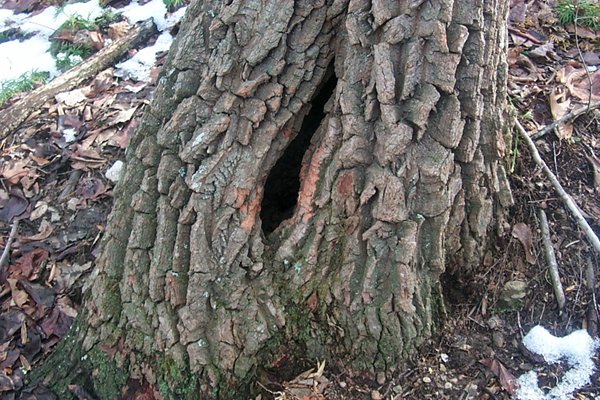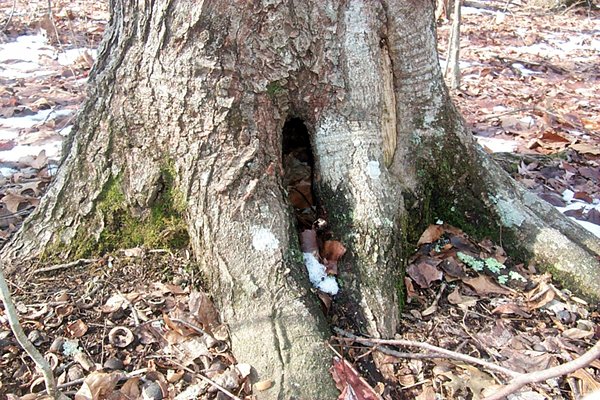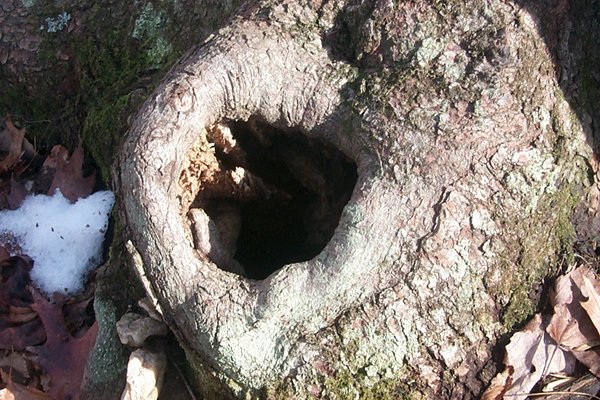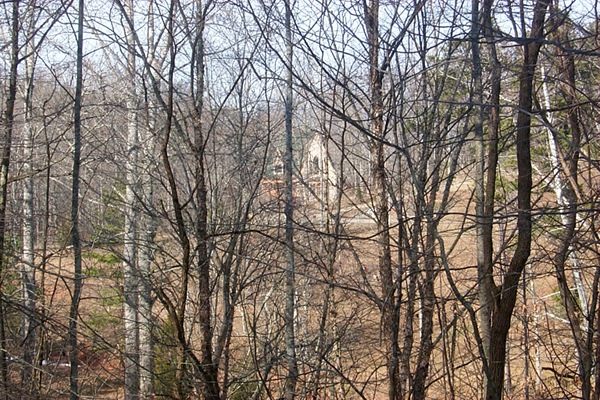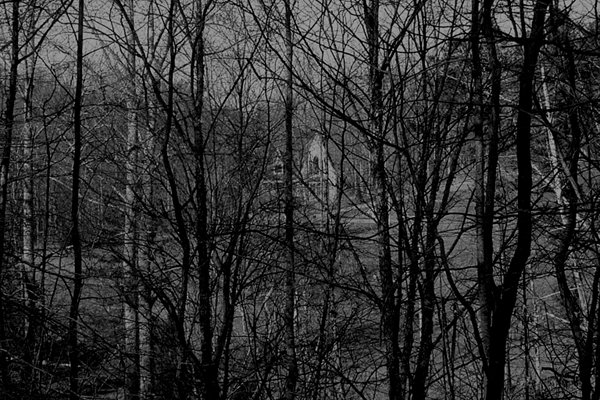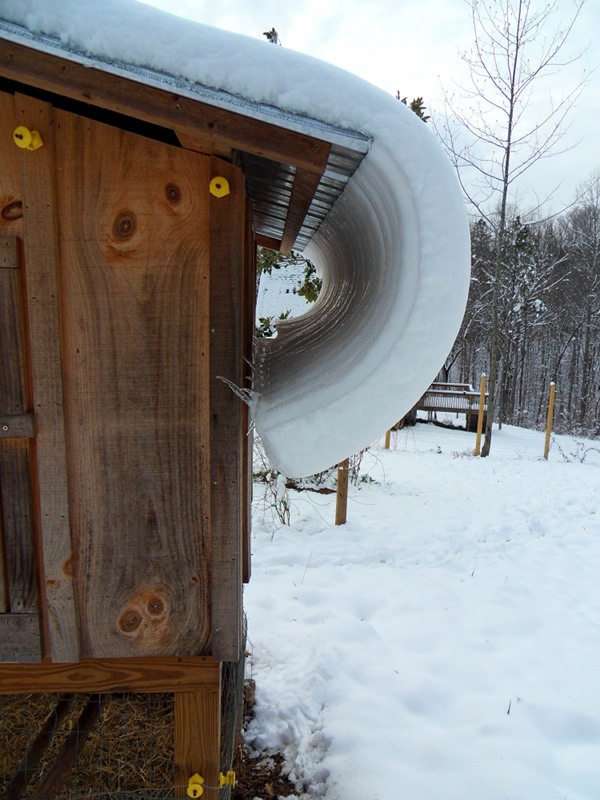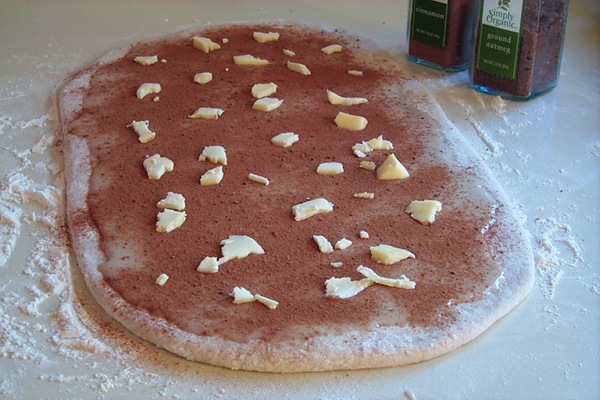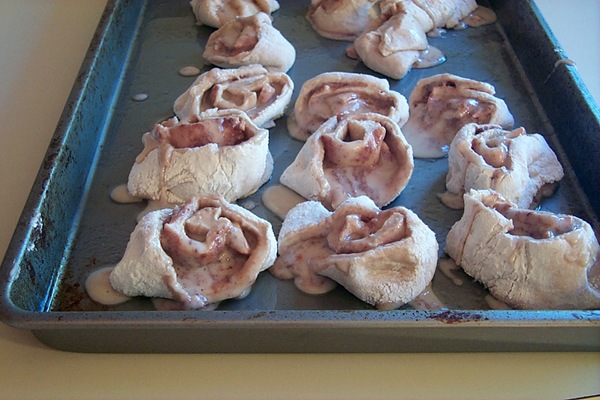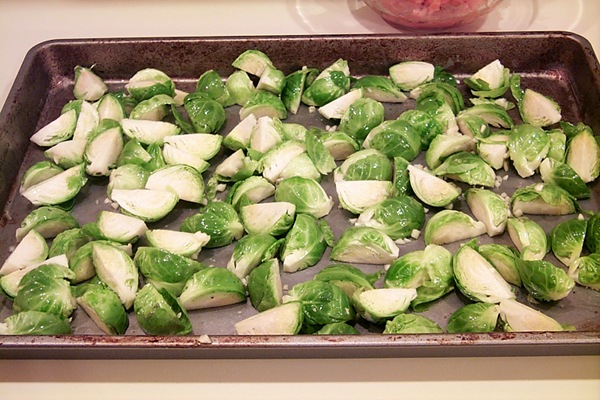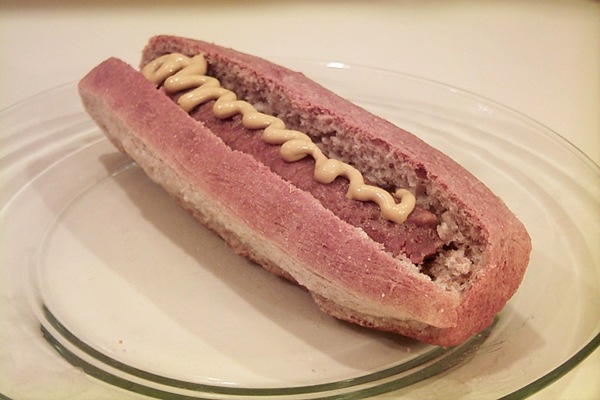
Vegan meat analogs are becoming a staple around here. By varying the texture and spices, different analogs are possible: breakfast sausage, meat loaf, chicken nuggets, and, most recently, hot dogs. The texture can be varied by changing the proportion of the three basic ingredients: mashed soybeans, wheat gluten, and ground nuts (I usually use Brazil nuts). For example, brazil nuts are great in vegan meatloaf. But when a chewier texture is desired, I omit or reduce the nuts and increase the gluten. The process is the same as the vegan sausages that I described last month.
The vegan hot dogs were a mixture of mashed soybeans, gluten, and garbanzo flour. I seasoned the mixture with dried onion, dried garlic, paprika, and ketchup. Some Liquid Smoke would have helped. That’s now on my shopping list.
I served the hot dogs with homemade rolls, homemade sauerkraut, chopped onions, and lots of mustard and ketchup.
By the way, I’m aware that gluten is deprecated these days. For the small percentage of the American population that is gluten intolerant (less than 1 percent), I understand that. But for the rest of us, gluten is (and for thousands of years has been) an excellent and important food. I am not among those who demonize wheat.
I made the hot dogs for the day before Christmas Eve. For Christmas Eve dinner, I plan to make something a little more chickeny. But we’ll be eating soybeans and gluten, not Ruth, Chastity, or Patience.
